The Hong Kong Bird Watching Society (HKBWS) had been conducting the only and the most comprehensive bird atlas in Hong Kong, the Hong Kong Bird Atlas, from 2016 to 2019. Compared with the results of similar studies carried out in 1993 to 1996 and 2001 to 2005, it is observed that, no matter it was in breeding or wintering seasons, over 70% of the species with a shrunken distribution were birds inhabited in open country over the recent three decades. The results indicate that there are all sorts of threats harming the habitat integrity of open country areas, which calls for strengthening our attention.
 Results of the only and the most comprehensive Hong Kong Bird Atlas had been published
Results of the only and the most comprehensive Hong Kong Bird Atlas had been published
(Left: Dr. Pang Chun Chiu, HKBWS Senior Research Specialist,
right: Mr. Yu Yat Tung, HKBWS Senior Research Manager)
Obvious shrinkage in species distribution Unveiling threats in open country areas
“Birds are important environmental indicator. The studies on bird distribution would help us monitor the trend of the distribution of local wild birds, so as to identify and understand the environmental issues and the changes in the habitats, and hence, to protect and conserve the threatened bird species, as well as the locations of conservational values,” YU Yat-tung explained, the Senior Research Manager of HKBWS .
This Hong Kong Bird Atlas was conducted in different seasons from 2016 to 2019, composed of two parts “Breeding Atlas” and “Winter Atlas”. Breeding Atlas was conducted from spring till early summer, aimed at recording the distribution and status of breeding birds in Hong Kong, whilst Winter Atlas was conducted in winter which revealed the distribution and status of wintering birds in the territory. After consolidating the results from both winter and breeding atlases, the Society found out that over 77% of the bird species with a shrunken distribution were bird species of open country areas. Among which, Oriental Magpie and Richard’s Pipit showed a shrinkage of 60%, while Oriental Turtle Dove had an alarming shrinkage of 82%. These bird species favour in inhabiting in open country areas, including farmland, lowland grassland, abandoned lands in countryside etc. These numbers showed that the habitats of open country areas were greatly damaged and shrunken in the past three decades, and had become unfavourable for birds. The Society calls upon various sectors in the community to strengthen the effort in conserving this habitat type.
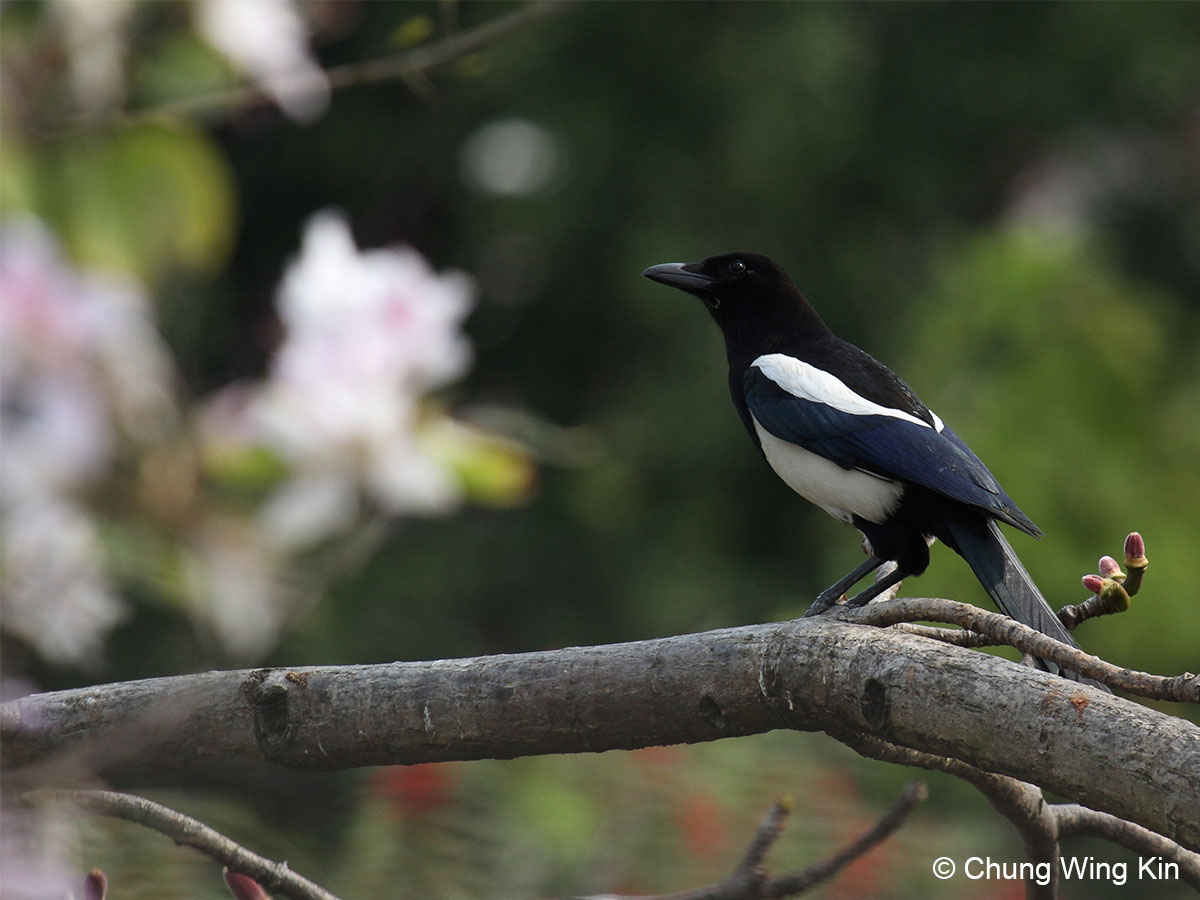 Distribution of Oriental Magpie, which inhabits in open country, showed a shrinkage of 60%
Distribution of Oriental Magpie, which inhabits in open country, showed a shrinkage of 60%
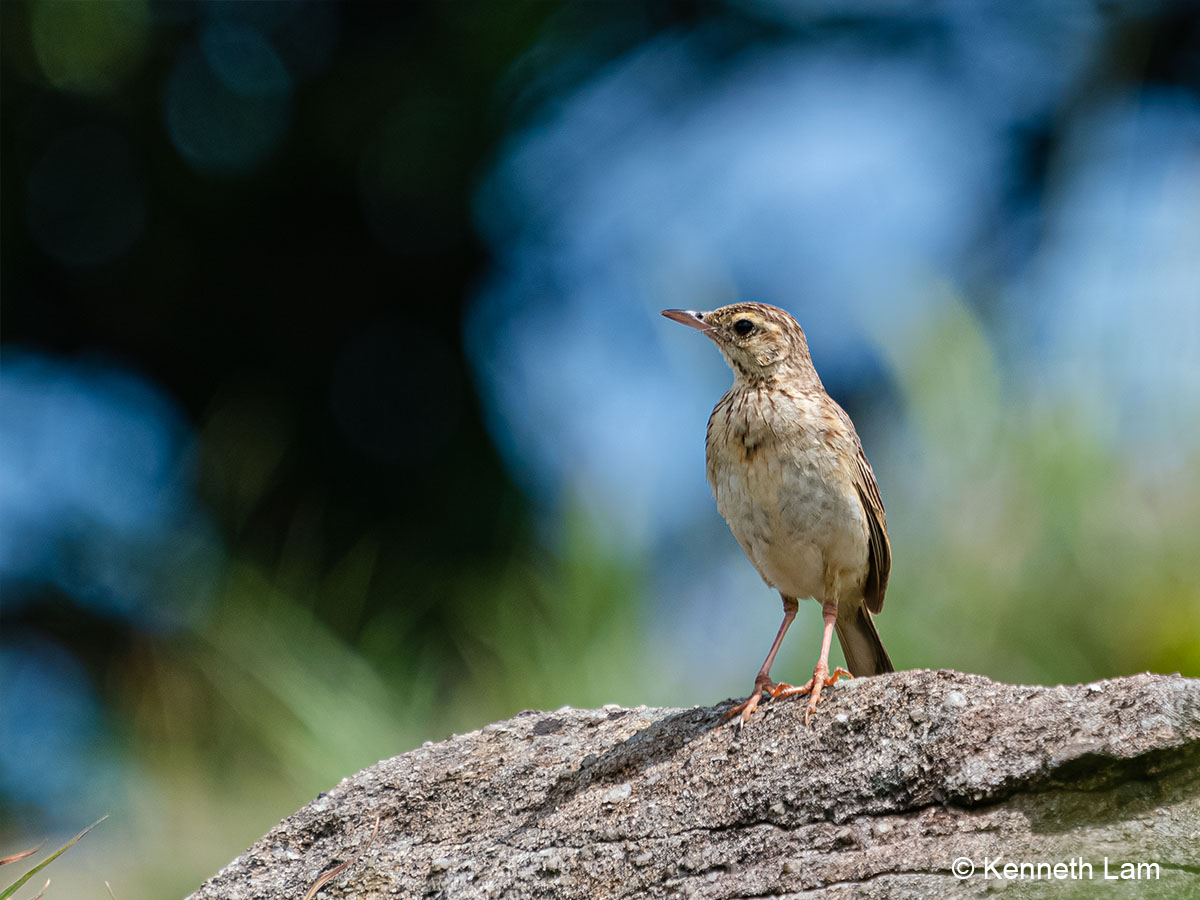 Distribution of Richard's Pipit which inhabits in open country, showed a shrinkage of 60%
Distribution of Richard's Pipit which inhabits in open country, showed a shrinkage of 60%
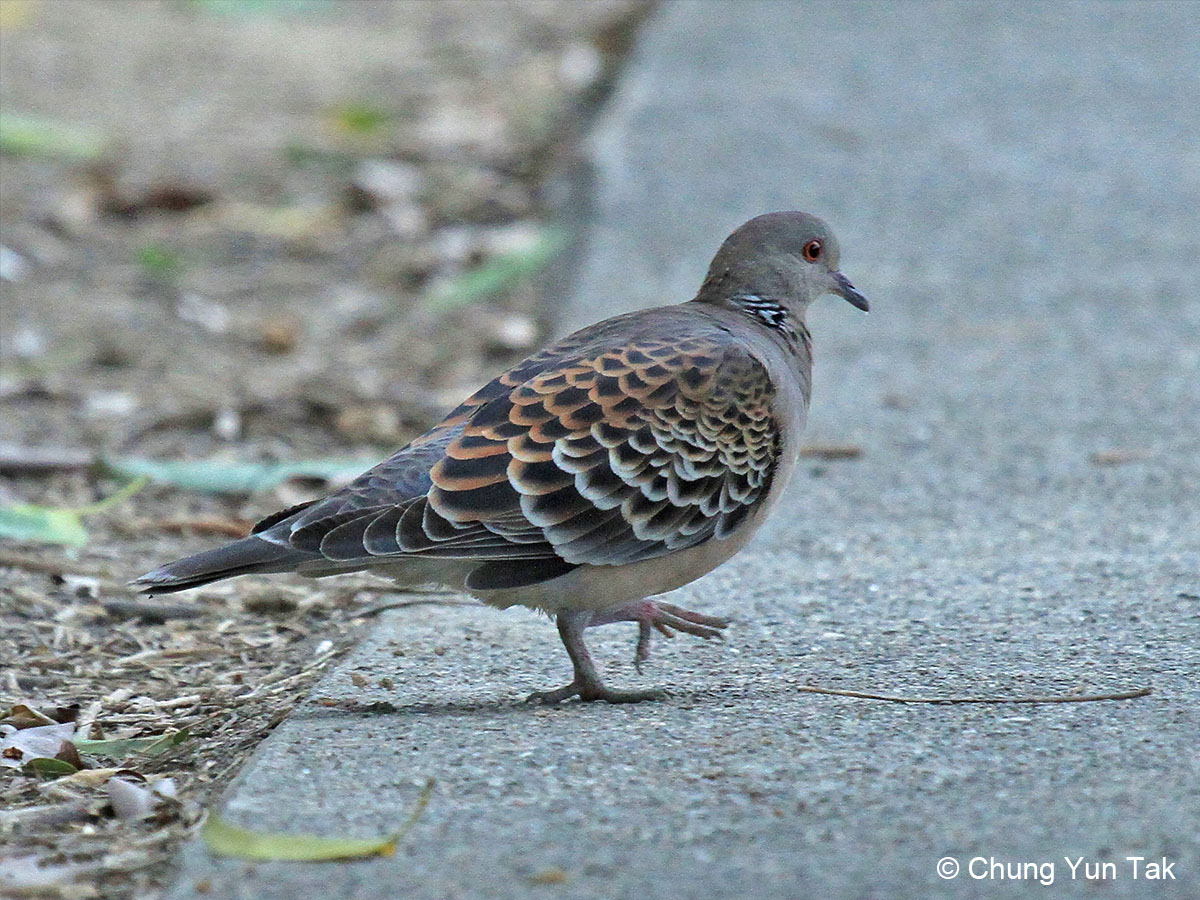 Distribution of Oriental Turtle Dove had an alarming shrinkage of 82%
Distribution of Oriental Turtle Dove had an alarming shrinkage of 82%
Woo Ming-chuan, Assistant Conservation Manager of HKBWS, explained, “Most open country area, including farmland, lowland grassland, abandoned lands in countryside, is not protected by the Country Parks Ordinance. It is usually regarded as of low conservation value when compared with other habitat types, thus lacks adequate attention and protection. In addition, open country area often attracts destruction and development with its geographical characteristics of being wide and flat.”
 In 2008, HKBWS discovered the illegal dumping in the buffalo field in Kam Tin
In 2008, HKBWS discovered the illegal dumping in the buffalo field in Kam Tin
Remarkable changes in 3 decades With good news and bad news
A total of 281 bird species were recorded in the whole Bird Atlas, 240 bird species in winter season and 226 bird species in breeding season. Survey results revealed that the most widespread bird species in Hong Kong was Chinese Bulbul, which followed by Red-whiskered Bulbul, Swinhoe’s White-eye and Common Tailorbird. Survey results also indicated over 10 bird species had widen their distribution in the past three decades, over 65% of these species were woodland species. Among those, Mountain Tailorbird’s distribution was expanded by nearly 19 times, while Scarlet Minivet and Rufous-capped Babbler had quadrupled their distribution as well. “Woodland birds are birds which favour the woodland habitat. Owing to the restoration plantation carried after the World War II, local woodlands have become more mature and more diverse. More grassy slopes and shrubland were evolved into forests through succession, which had become more suitable for woodland birds to inhabit, and thus allowed the expansion of the distribution of woodland birds,” YU explained.
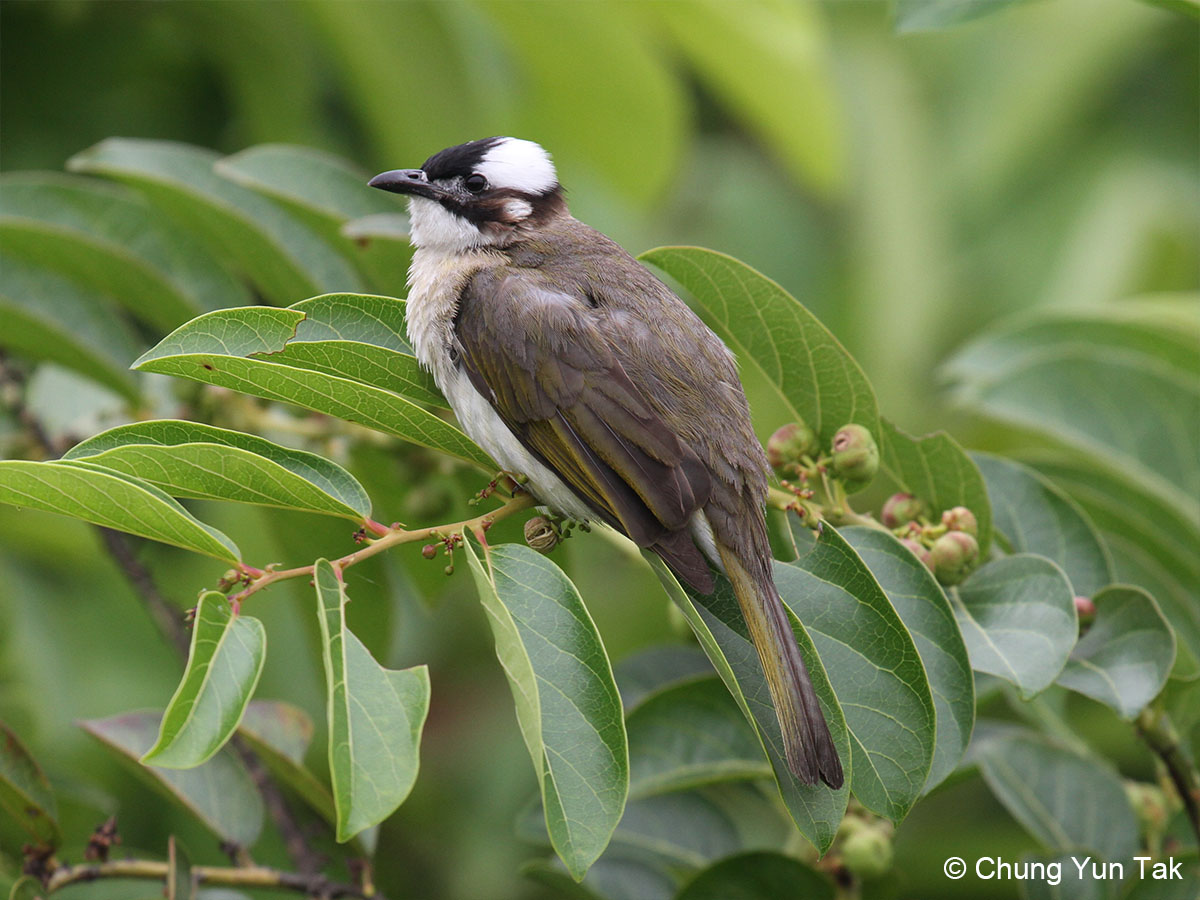 Chinese Bulbul, the most widespread bird species in Hong Kong
Chinese Bulbul, the most widespread bird species in Hong Kong
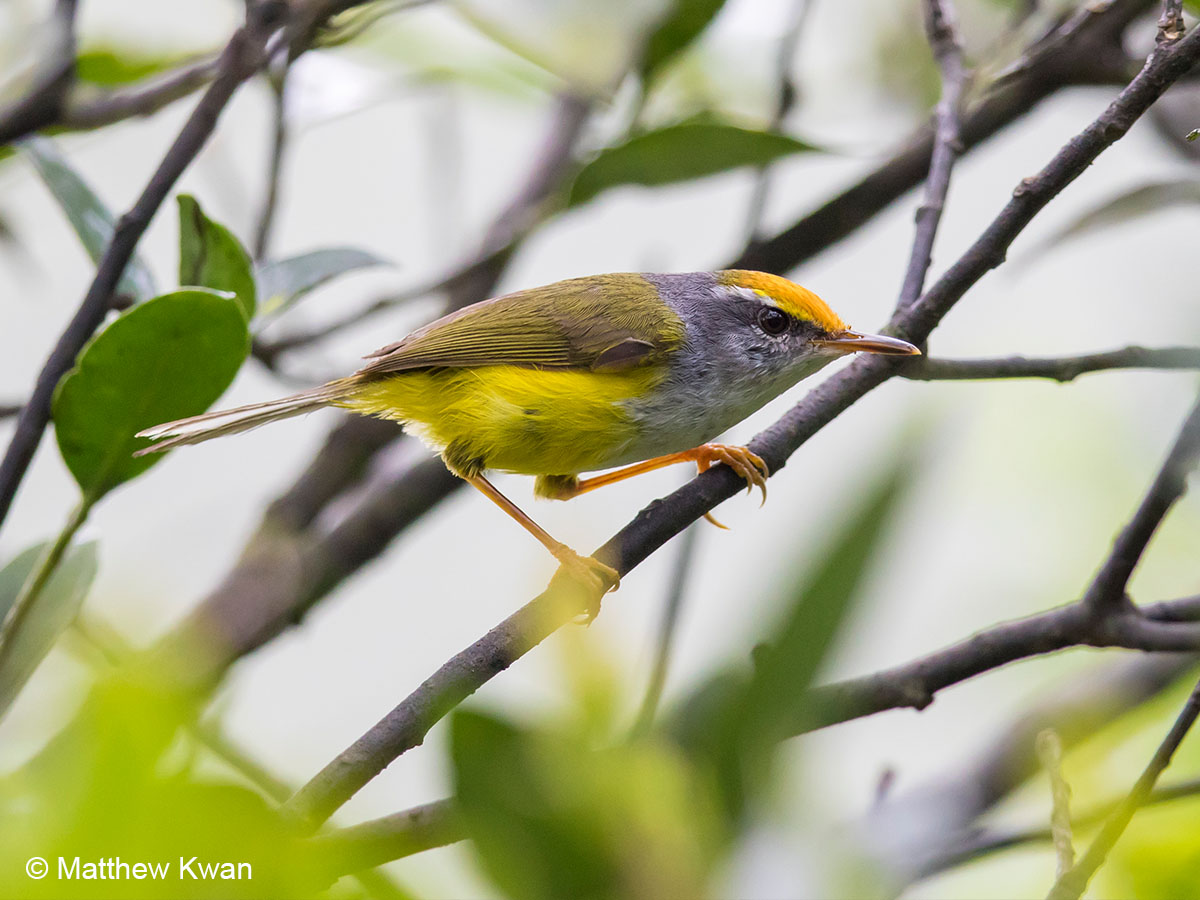 Distribution of Mountain Tailorbird was expanded by nearly 19 times
Distribution of Mountain Tailorbird was expanded by nearly 19 times
Surveys across Hong Kong Thirty years of data of Hong Kong bird distribution
Hong Kong territory was divided into 1,583 1 km2 survey grids in this project, and over 120 surveyors participated in the surveys in breeding season (March to July) and winter season (December to February). Surveyors need to record all birds seen and heard with their species and abundance specified, any breeding evidence (such as nest building, courtship and nestlings). Bird distribution and breeding condition observed and recorded in the surveys would help us identify bird species and locations with conservation values. In the meantime, we compared the results with the data from similar studies conducted in 1993-96 and 2001-05, so as to analyse the population trend in bird species, identifying the change in Hong Kong habitats and threatened bird species to set out bird and environmental conservation strategies.
 The surveyor was conducting HK Bird Atlas
The surveyor was conducting HK Bird Atlas
E-Book: https://cms.hkbws.org.hk/cms/component/phocadownload/category/36-hkba
Link to Online Database (Hong Kong Wildtracks): https://digital.lib.hkbu.edu.hk/hkwildtracks/index.php



